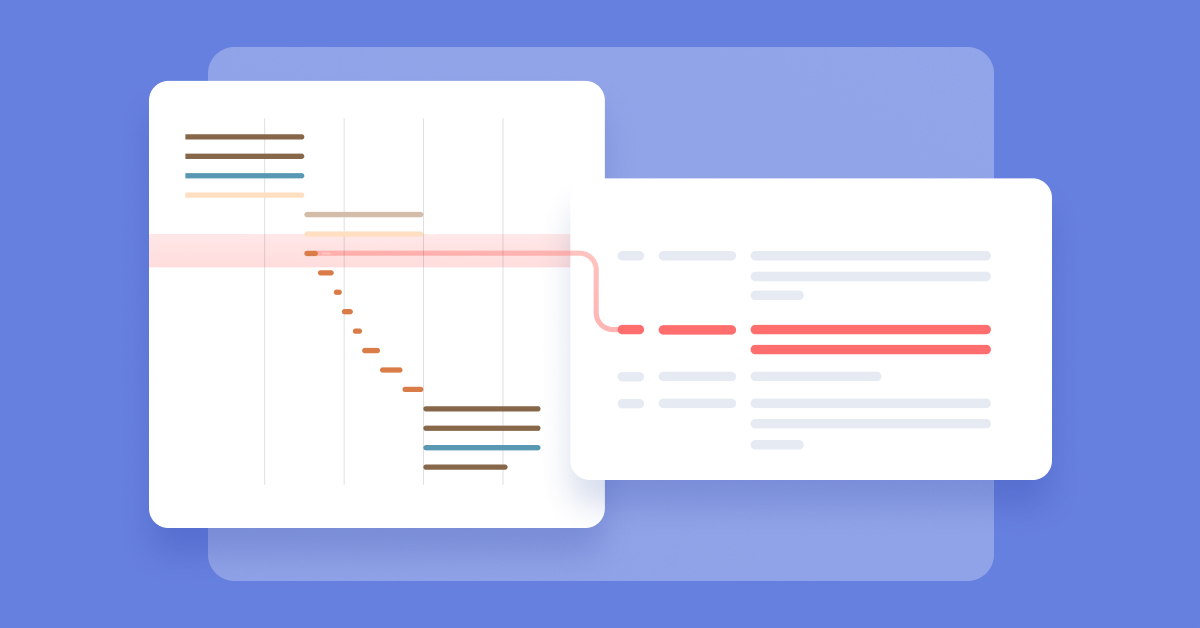What is an observability pipeline?
An observability pipeline is crucial for managing and processing large volumes of data efficiently. It helps in collecting, transforming, and routing data from various sources to the appropriate monitoring tools. With an observability pipeline, organizations can ensure that their data is accurate, relevant, and available for analysis. Understanding the observability pipeline is essential for maintaining the health and performance of your systems while optimizing the flow of information.
Find below some essential reasons why observability pipeline is vital for data efficiency.
Data collection
The observability pipeline collects data from various sources, such as logs, metrics, and traces. This centralized collection ensures that all relevant data is captured and ready for analysis, providing a complete view of your system’s performance.
Data transformation
Before data can be used, it often needs to be transformed. The observability pipeline handles this by formatting, filtering, and enriching the data to make it more useful. This transformation process ensures that the data is in the right format for the tools that will analyze it.
Data routing
The observability pipeline routes data to the appropriate monitoring and analysis tools. By directing data to the right place, the pipeline ensures that each tool receives the information it needs to function correctly. This routing is key to maintaining an efficient monitoring system.
Scalability
As your system grows, the observability pipeline can scale with it. It is designed to handle increasing volumes of data without compromising performance. This scalability is crucial for organizations that need to maintain observability across large, complex environments.
Improved decision-making
With an effective observability pipeline, decision-makers have access to accurate and timely data. This improved access to information leads to better decision-making and more proactive management of system performance and reliability.
Final words
Understanding the observability pipeline is vital for managing data effectively and ensuring that your monitoring systems remain efficient and scalable.




